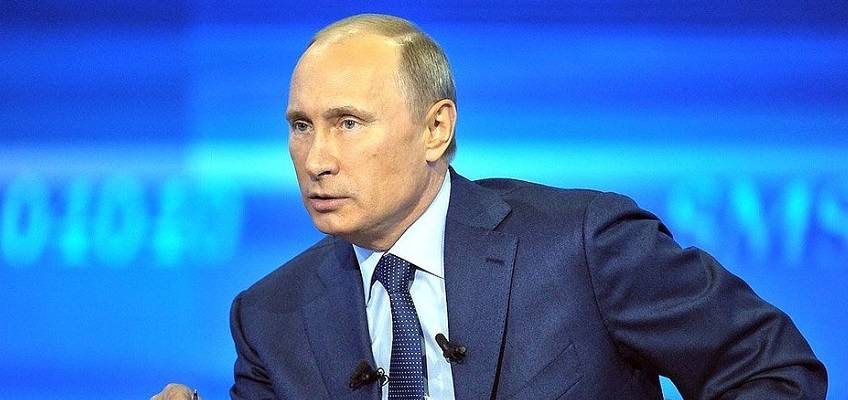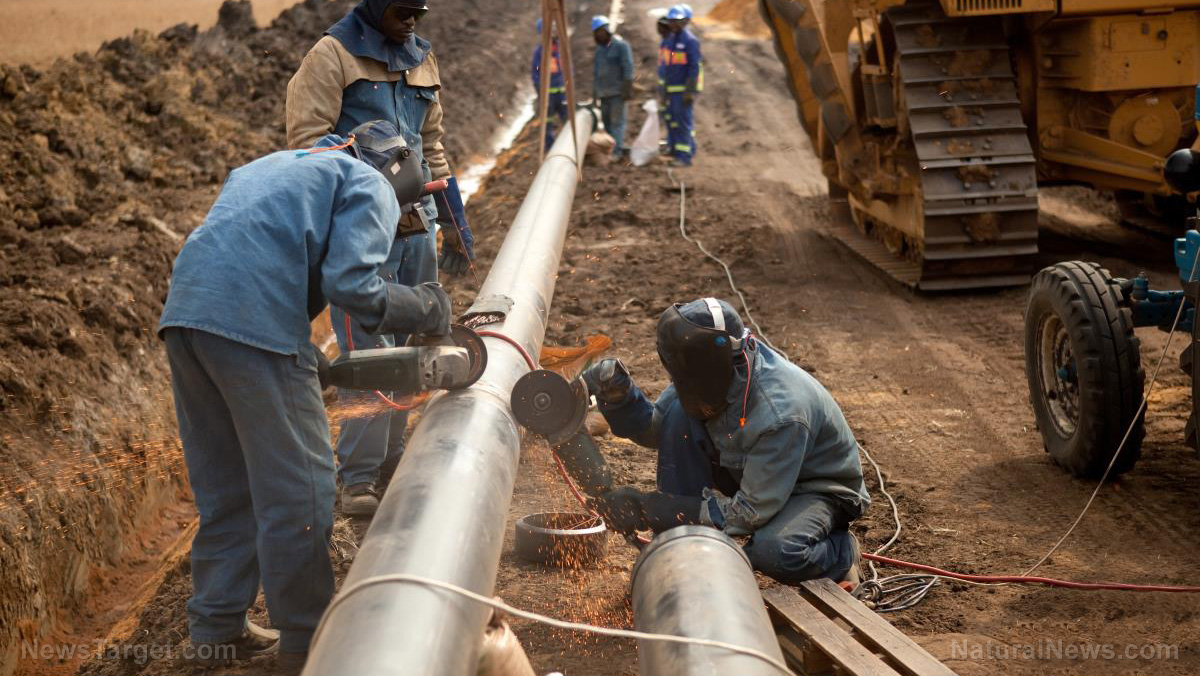TOO BIG TO FAIL? European governments start bailing out energy companies to prevent total collapse
09/06/2022 / By Ethan Huff

Financial contagion is sweeping through the European energy markets, which are massively overleveraged and ripe for a collapse.
Governments in Germany, Austria, Sweden and elsewhere are trying to stuff chewing gum into the gaping holes of the sinking Titanic by bailing out energy companies, which can no longer cover their payments now that Russian oil and gas has stopped flowing.
Describing the situation is another “Minsky moment” in time, Credit Suisse repo expert Zoltan Pozsar explains the situation like this:
“Minsky moments are triggered by excessive financial leverage, and in the context of supply chains, leverage means excessive operation leverage: in Germany, $2 trillion of value added depends on $20 billion (worth) of gas from Russia.”
That ratio amounts to 100 times leverage, which is significantly greater than what we saw back in 2008 with the Lehman Brothers scandal and bankruptcy.
Germany is bailing out Uniper, one of its biggest utilities, while Austria is bailing out Wien Energie, its primary energy supplier. Finland’s Fortum is also looking for a taxpayer-funded handout. (Related: Europe’s upcoming food harvest is looking to be tragically lower than normal.)
Will the energy crisis be blamed for the coming financial collapse?
According to Austrian Chancellor Karl Nehammer, Wien Energie’s “loan” is part of an “extraordinary rescue measure” that aims to keep the company’s two million customers powered at least until next April.
“The goal was to help people quickly … It has now been agreed that all of these questions, which are rightly raised, must be answered promptly by Vienna (and) the energy supplier,” Nehammer told reporters.
It turns out that Wien Energie is embroiled in a scandal over mismanagement of funds. In order to receive the bailout money, it will need to answer questions as to how it got into this mess in the first place.
Wien Energie, by the way, almost entirely depends on Russian gas. Now that Russia has indefinitely stopped sending it through Nord Stream 1 (NS1), Austria is slated to eventually go dark apart from a miracle.
After the bailout, customers of Wien Energie, Uniper, and the others can expect to pay orders of magnitude more for what little energy they receive.
Sweden is likewise in an energy sector liquidity crisis, having just announced plans to provide emergency liquidity support to its electricity sector. Fearing that Russia’s halt of NS1 will destroy its entire financial system, Sweden is sending billions of kroner to electricity companies.
If left unchecked, according to Prime Minister Magdalena Andersson, rising collateral demands for electricity producers “could ripple through the main Nasdaq Clearing market in Stockholm and, in the worst case, spark a financial crisis,” reports Zero Hedge.
It is highly unlikely that the energy situation is the true cause behind the inevitable financial crisis that is unfolding. If anything, the world is just getting more excuses as something that was baked into the financial manure pie comes to pass as intended.
You see, the goal is to tear down the existing world order and replace it with a new one. Just like the controlled demolition of a building, the old has to be removed in order to make way for the new, which is what we are now seeing all across the global economy.
“Lehman x 100 globally sounds like nothing to worry about,” wrote a commenter sarcastically. “Who’s playing college football this weekend is what matters.”
“Sportsball and soma for the masses,” responded another. “They may not even realize they are freezing until they can’t move.”
The takedown of the energy markets, along with all other markets, is deliberate. To keep up with the latest, visit Collapse.news.
Sources for this article include:
Submit a correction >>
Tagged Under:
Austria, bail out, bailout, big government, chaos, Collapse, collusion, corruption, debt bomb, electricity, energy, energy crisis, energy report, fuel supply, government debt, inflation, Minksy Moment, power, power grid, Russian gas, supply chain, Sweden
This article may contain statements that reflect the opinion of the author
RECENT NEWS & ARTICLES
PowerGrid.News is a fact-based public education website published by Power Grid News Features, LLC.
All content copyright © 2018 by Power Grid News Features, LLC.
Contact Us with Tips or Corrections
All trademarks, registered trademarks and servicemarks mentioned on this site are the property of their respective owners.



















